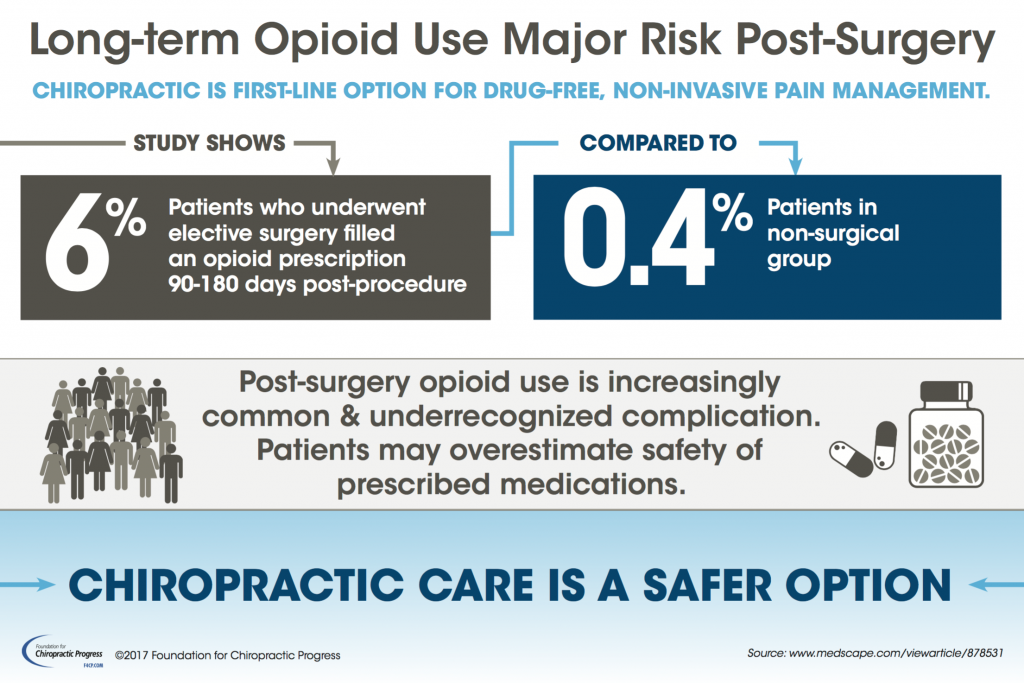The Mechanics And Consequences Of Cold Laser Therapy: Introducing The Scientific Recognizing
The Mechanics And Consequences Of Cold Laser Therapy: Introducing The Scientific Recognizing
Blog Article
Authored By-Dougherty Hanna
You may have become aware of cold laser therapy as an encouraging treatment option for numerous conditions, yet have you ever before asked yourself exactly how it in fact services a cellular degree? Recognizing the mechanisms behind this therapy can shed light on its performance in promoting healing and reducing inflammation. By exploring the science behind cold laser therapy, you'll obtain insights right into the remarkable methods which light can influence cellular processes and help with tissue fixing.
How Cold Laser Treatment Works
To comprehend how cold laser treatment functions, you need to understand the basic concepts of exactly how light power communicates with biological tissues. Cold laser therapy, additionally called low-level laser therapy (LLLT), makes use of details wavelengths of light to penetrate the skin and target underlying cells. Unlike the extreme lasers utilized in procedures, cold lasers produce low degrees of light that do not generate heat or create damage to the cells.
When these gentle light waves get to the cells, they're taken in by elements called chromophores, such as cytochrome c oxidase in mitochondria. This absorption activates a series of biological reactions, consisting of boosted mobile energy manufacturing and the release of nitric oxide, which boosts blood flow and lowers swelling.
In addition, the light energy can likewise stimulate the production of adenosine triphosphate (ATP), the power money of cells, assisting in mobile repair service and regeneration processes.
Basically, cold laser therapy utilizes the power of light energy to promote healing and ease pain in a non-invasive and gentle manner.
Systems of Activity
Exactly how does cold laser therapy in fact work to produce its restorative effects on organic cells?
Cold laser treatment, additionally known as low-level laser treatment (LLLT), runs with a procedure called photobiomodulation. When the cold laser is put on the skin, the light energy permeates the tissues and is absorbed by chromophores within the cells.
These chromophores, such as cytochrome c oxidase in the mitochondria, are after that stimulated by the light energy, causing a cascade of organic responses. One key device of action is the improvement of cellular metabolic rate.
The soaked up light energy enhances ATP production in the mitochondria, which is important for cellular feature and repair. In addition, cold laser therapy aids to lower swelling by inhibiting inflammatory conciliators and advertising the launch of anti-inflammatory cytokines.
smoke restoration mount kisco anti-inflammatory effect contributes to discomfort alleviation and cells healing.
Therapeutic Effects
Recognizing the therapeutic impacts of cold laser therapy involves identifying exactly how the boosted cellular metabolic rate and anti-inflammatory homes contribute to its positive results on organic cells.
When the cold laser is put on the affected location, it promotes the mitochondria within the cells, bring about raised manufacturing of adenosine triphosphate (ATP), which is critical for mobile function and repair service. This increase in mobile power increases the healing procedure by advertising tissue regeneration and decreasing swelling.
In addition, the anti-inflammatory residential or commercial properties of cold laser therapy aid to reduce pain and swelling in the targeted area. By hindering inflammatory mediators and promoting the launch of anti-inflammatory cytokines, cold laser therapy help in reducing discomfort and enhancing the total recovery response.
This decrease in swelling not just provides immediate relief however likewise sustains long-lasting cells fixing.
detoxification stamford ct safelasertherapy.com , cold laser therapy works by stimulating mobile repair service and cells regrowth with photobiomodulation. Its anti-inflammatory residential properties provide pain alleviation and minimize swelling by inhibiting inflammatory moderators.
This therapy uses an extensive technique to recovery, delivering both instant alleviation and long-term tissue fixing benefits.
Via its devices of activity, cold laser therapy confirms to be a reliable and promising treatment option for a selection of conditions.
